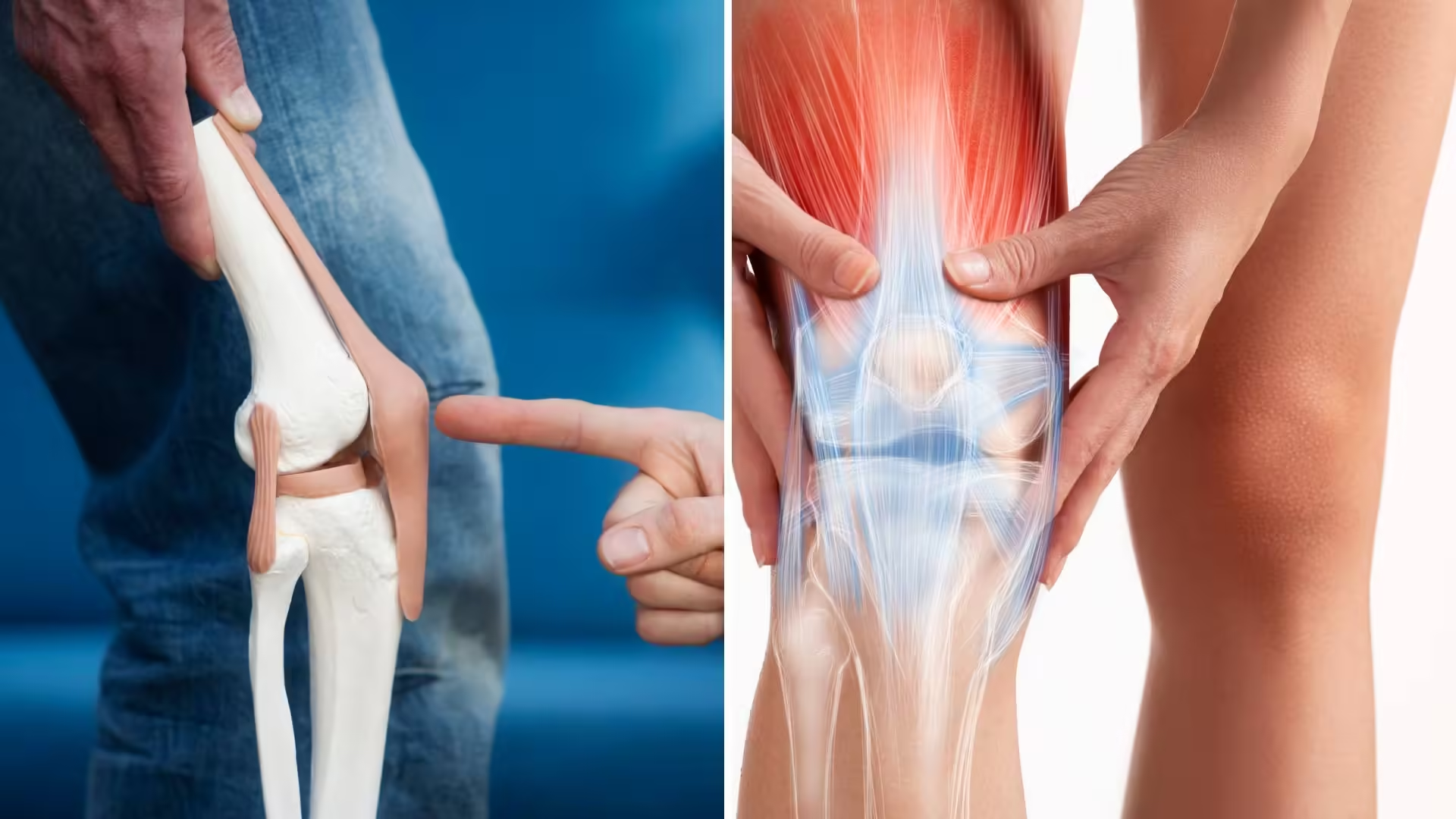Knee Pain Treatment in Nashik: Trusted Surgeons & Specialists
Advanced Knee Replacement Techniques for a Pain-Free Life
About Knee Pain Treatment & Specialist Surgeon
Knee Pain treatment, also known as knee arthroplasty, is a surgical procedure that involves replacing the damaged or diseased parts of the knee joint with artificial components. This procedure is designed to relieve pain, improve function, and enhance the quality of life for patients suffering from severe knee conditions. Knee replacement surgery can be a total replacement, where the entire knee joint is replaced, or a partial replacement, where only the affected part of the knee is replaced.
Common Symptoms of Knee Pain
- Severe knee pain and stiffness
- Osteoarthritis
- Rheumatoid arthritis
- Post-traumatic arthritis
- Knee deformities
How is the Need for Knee Replacement Surgery Treatment?
Accurate diagnosis is essential for determining whether knee replacement surgery is appropriate. Dr. Shrenik Dharaskar follows a comprehensive diagnostic process that includes.
Physical Examination
-
- Detailed Assessment: Examine the knee’s range of motion, stability, and alignment.
- Pain Evaluation: Discuss pain levels, frequency, and activities that exacerbate the pain.
- Swelling and Tenderness: Checking for swelling, tenderness, and any deformities around the knee joint.
Medical History Review
-
- Previous Treatments: Review of any previous treatments, such as medications, physical therapy, or injections, and their effectiveness.
- Injury History: Examination of any past injuries to the knee that may contribute to current issues.
- Activity Level: Discuss daily activities, work, and sports to understand the impact on knee health.
Imaging Tests
-
- X-rays: Used to assess the extent of damage to the knee joint, including the space between bones, alignment, and presence of bone spurs.
- Magnetic Resonance Imaging (MRI): Provides detailed images of soft tissues, such as cartilage, ligaments, and muscles, helping to detect tears, inflammation, and other issues.
- Computed Tomography (CT) Scan: This offers a more detailed view of the knee joint and surrounding structures, which is useful in complex cases.
- Bone Scans: This May be used to detect bone diseases or abnormalities when other imaging tests are inconclusive.
Laboratory Tests
-
- Blood Tests: To rule out conditions like rheumatoid arthritis or infections that could affect the knee joint.
- Joint Fluid Analysis: This involves extracting a small amount of fluid from the knee joint to test for infections or crystals, such as those caused by gout
Treatment Options for Knee Replacement
Non-Surgical Treatments
Before considering knee replacement surgery, non-surgical treatments may be explored to manage pain and improve knee function.
- Medications
- Pain relievers (e.g., acetaminophen)
- Non-steroidal anti-inflammatory drugs (NSAIDs)
- Corticosteroid injections to reduce inflammation.
- Physical Therapy
- Exercise programs to strengthen muscles around the knee
- Techniques to improve flexibility and range of motion
- Use of assistive devices, such as braces or orthotics.
- Lifestyle Modifications
- Weight management to reduce stress on the knee
- Activity modification to avoid movements that exacerbate pain
- Low-impact exercises like swimming or cycling to maintain fitness without stressing the knee.
Surgical Treatments
When non-surgical Knee treatment fail to provide relief, surgical options may be considered. The main types of knee replacement surgery
- Total Knee Replacement (TKR)
- Replacement of the entire knee joint with artificial components
- The procedure involves removing damaged bone and cartilage and resurfacing the joint with metal and plastic implants
- Suitable for patients with severe arthritis or significant joint damage.
- Partial Knee Replacement (PKR)
- Replacement of only the damaged part of the knee joint.
- Involves a smaller incision and less bone removal compared to TKR.
- Suitable for patients with damage confined to one part of the knee.
- Minimally Invasive Knee Replacement
- A less invasive approach to TKR or PKR.
- Involves smaller incisions and specialized surgical techniques.
- Benefits include reduced pain, quicker recovery, and more minor scars.
Why Choose Dr. Shrenik Dharaskar for Knee Treatment?
Dr. Shrenik Dharaskar offers extensive experience in knee replacement surgery, utilizing advanced techniques to ensure the best possible outcomes for his patients. His approach includes:
- Personalized care and treatment plans tailored to each patient’s needs
- High success rates and patient satisfaction
- Commitment to using the latest surgical technologies and methods
- Comprehensive pre-and post-operative care to ensure optimal recovery
By choosing Dr. Dharaskar for your knee replacement surgeon, you can expect a dedicated and experienced surgeon who prioritizes your health and well-being, helping you regain mobility and enjoy a pain-free life.
